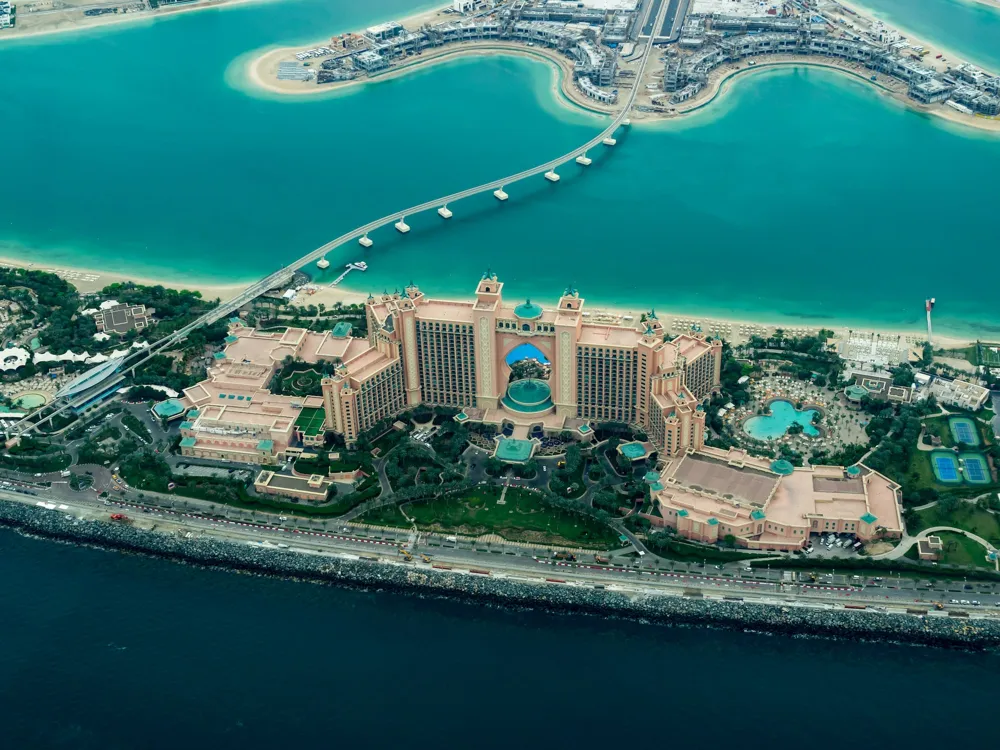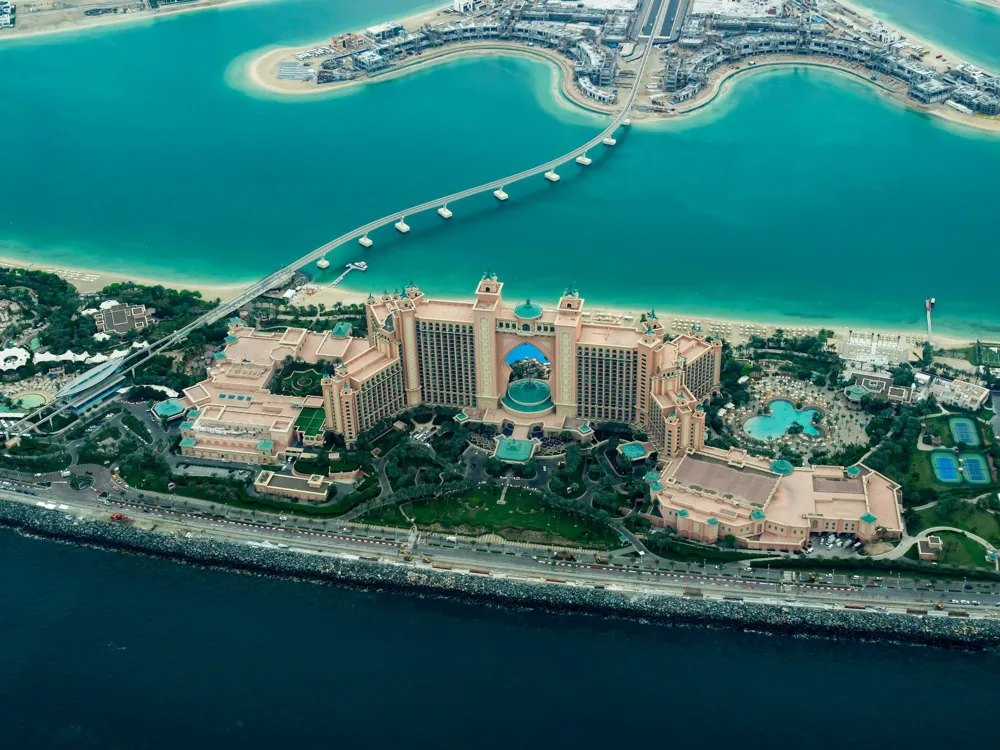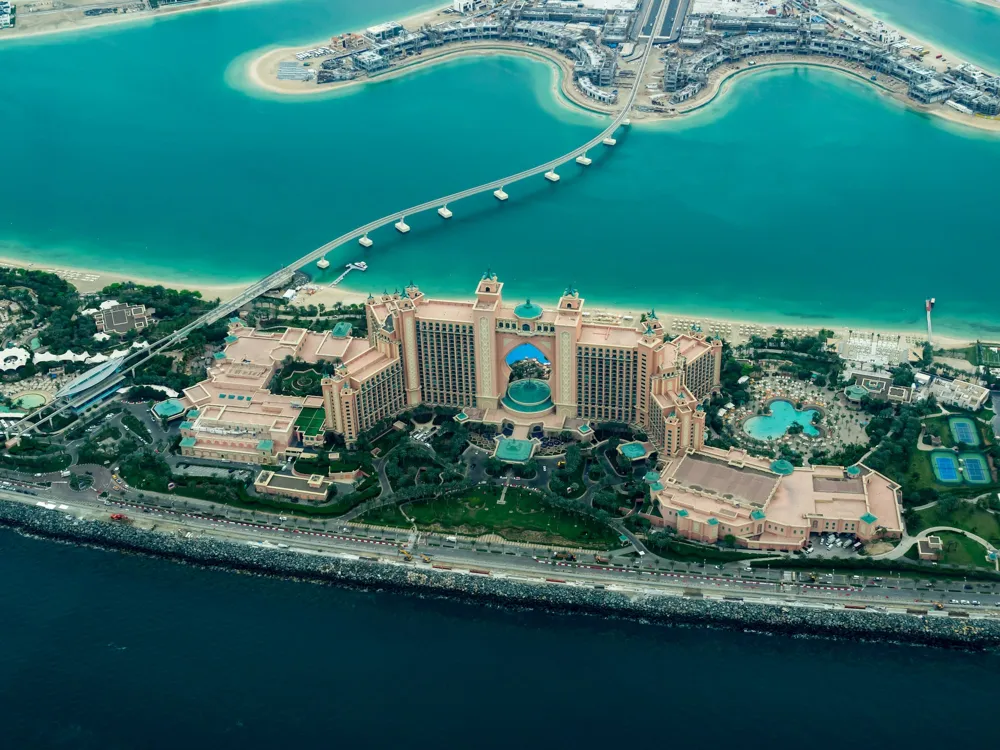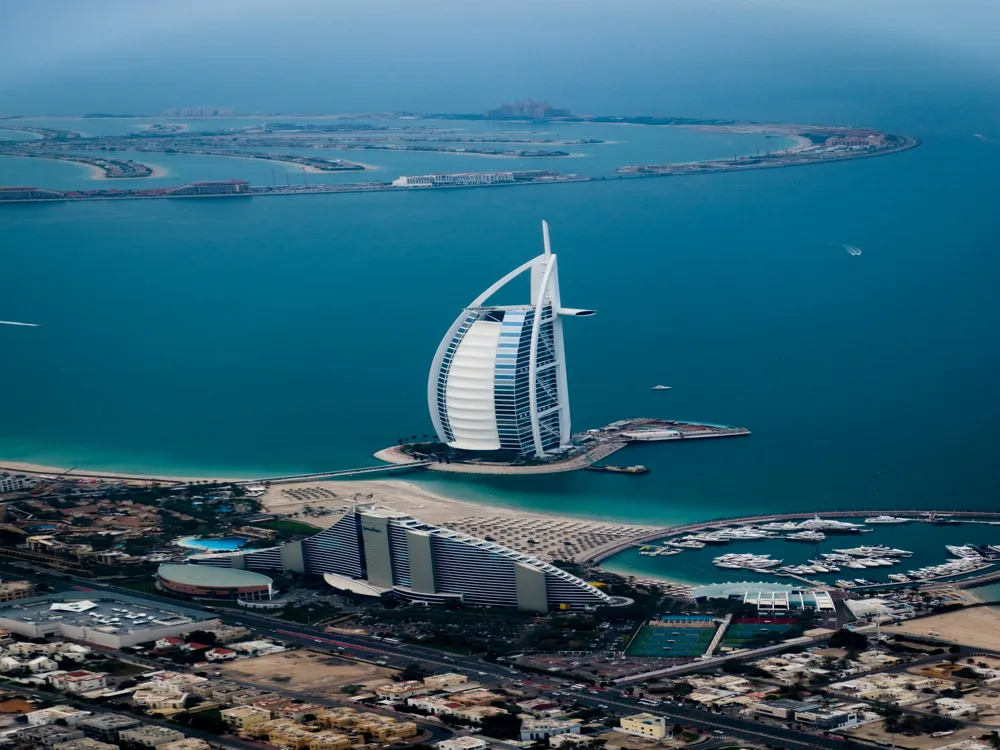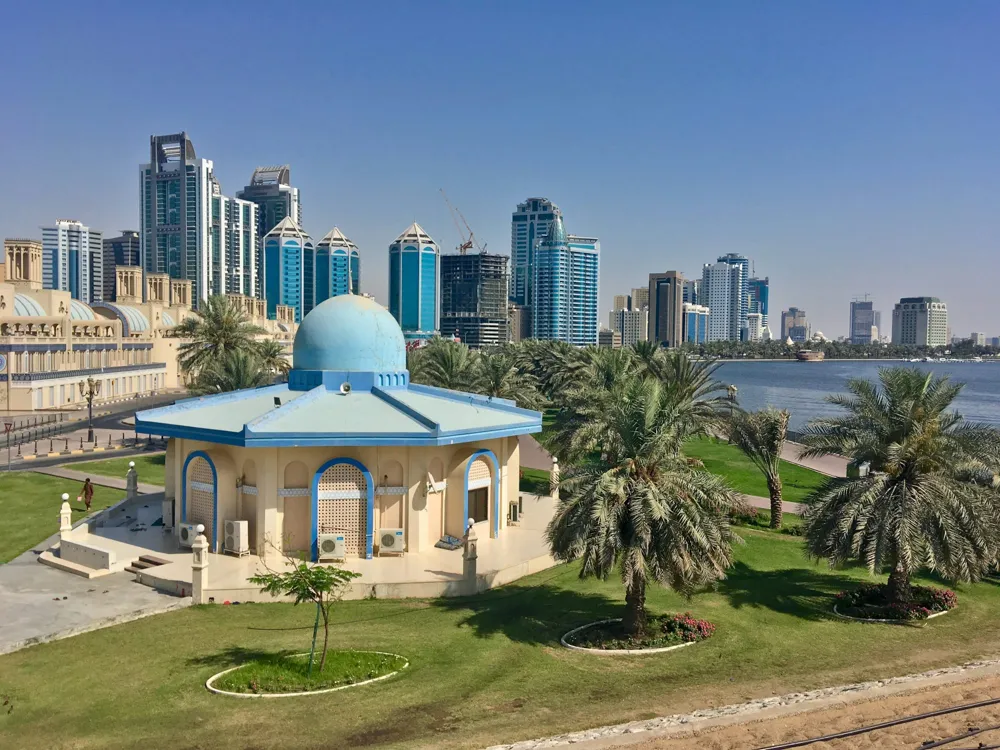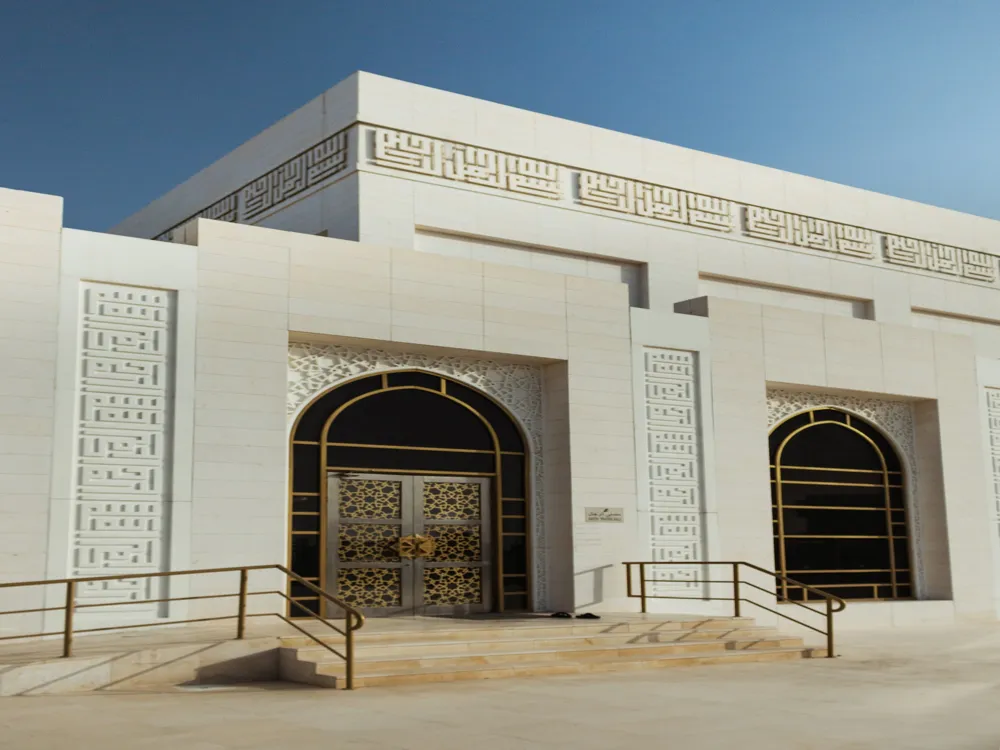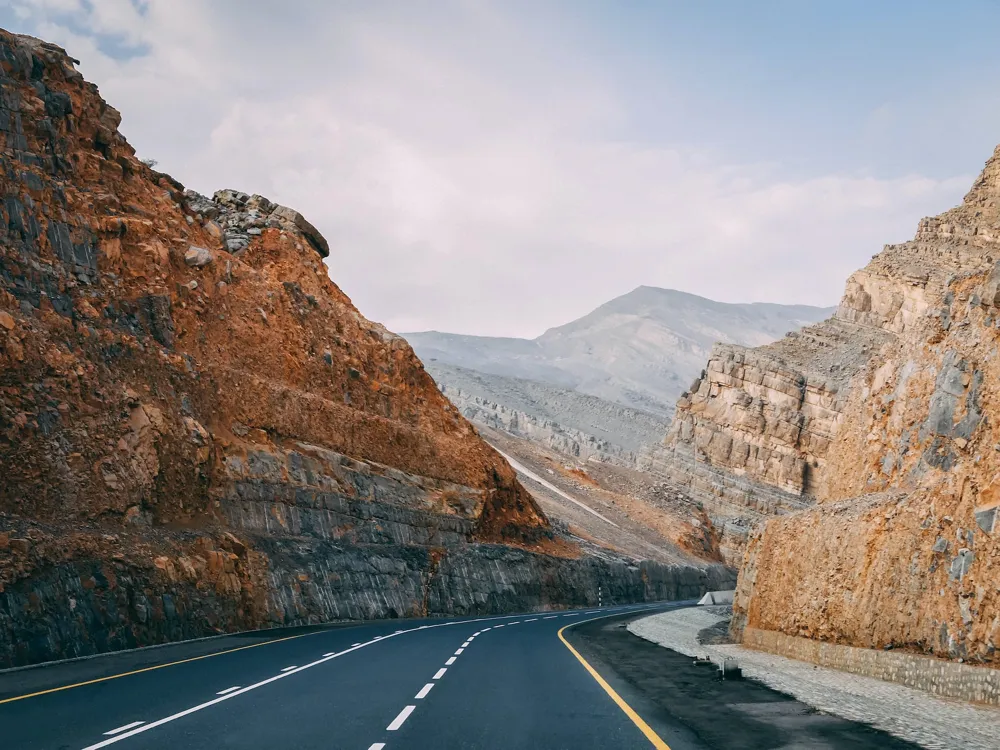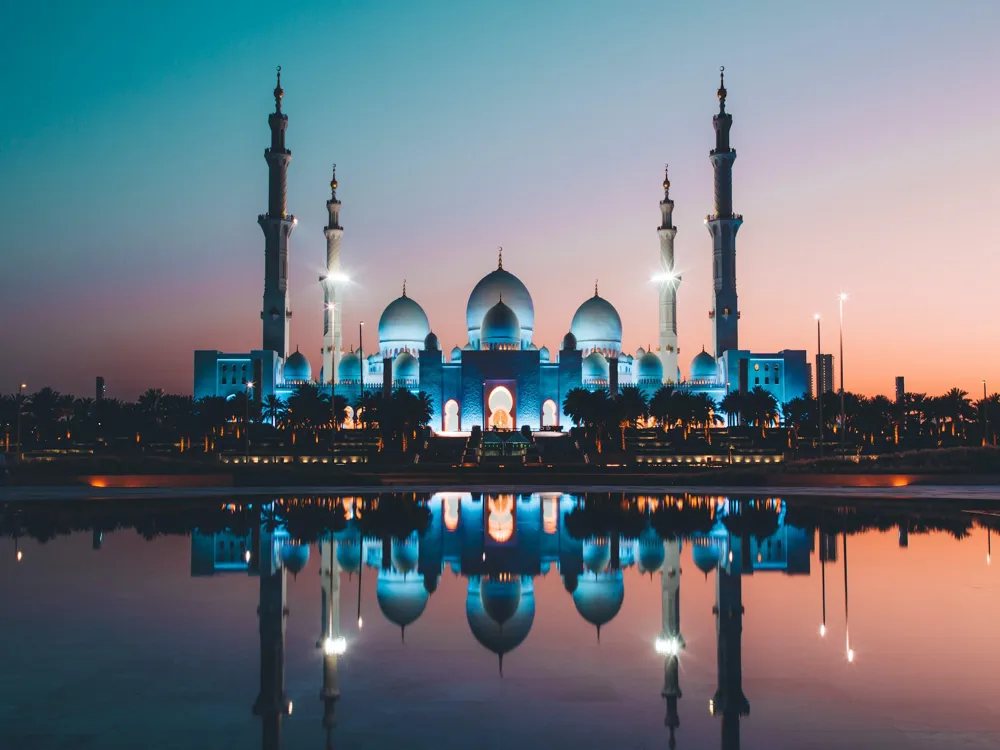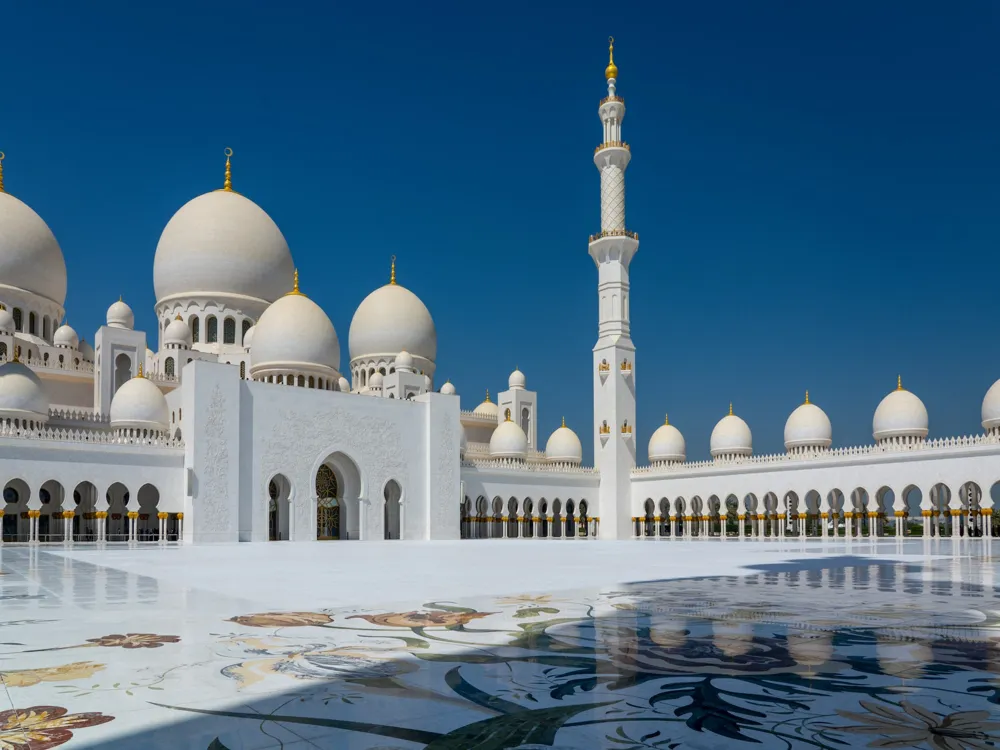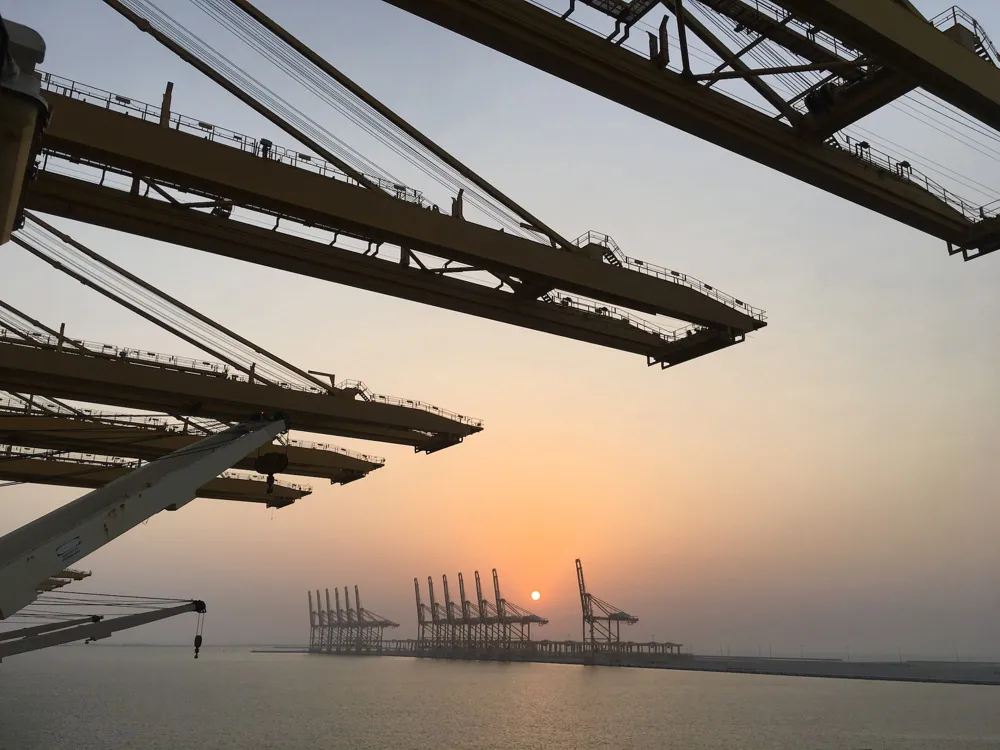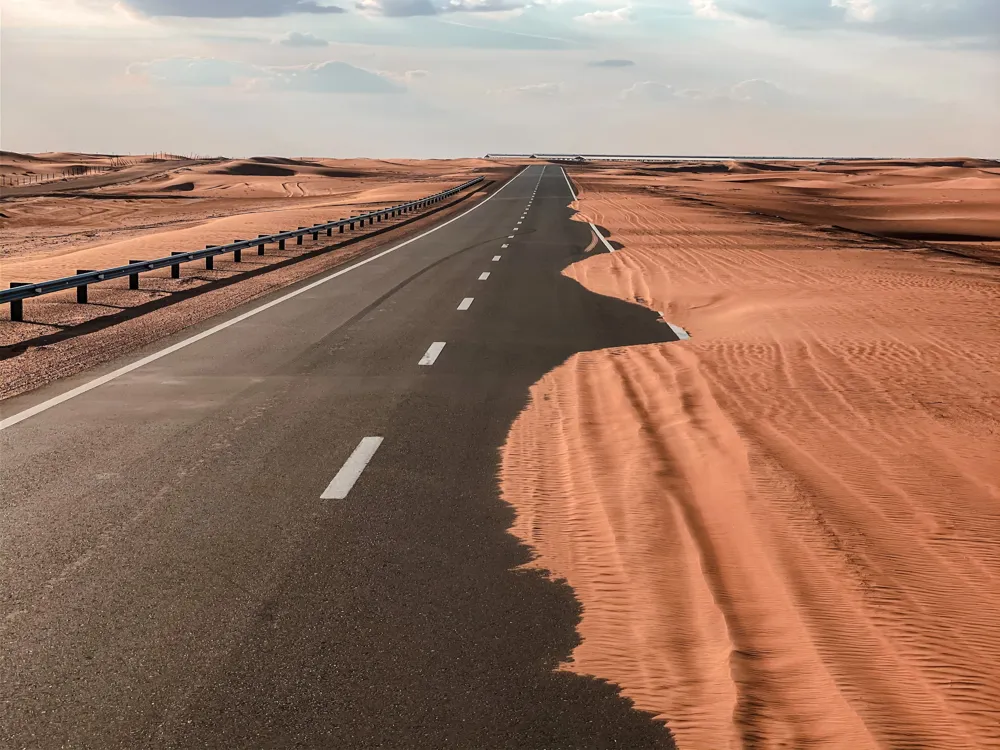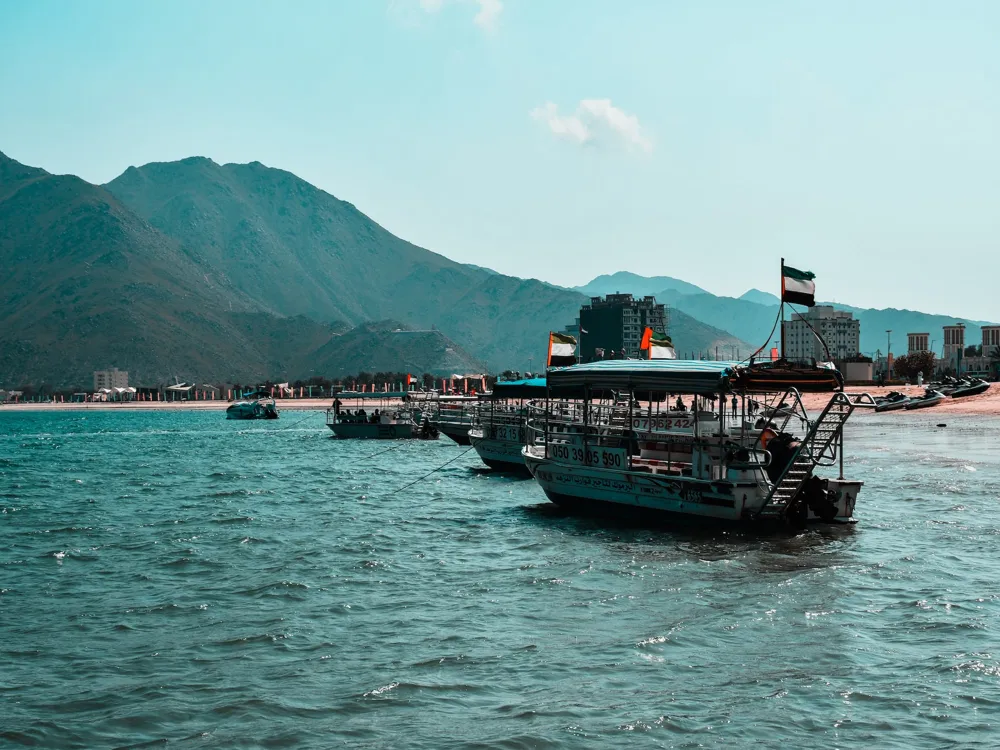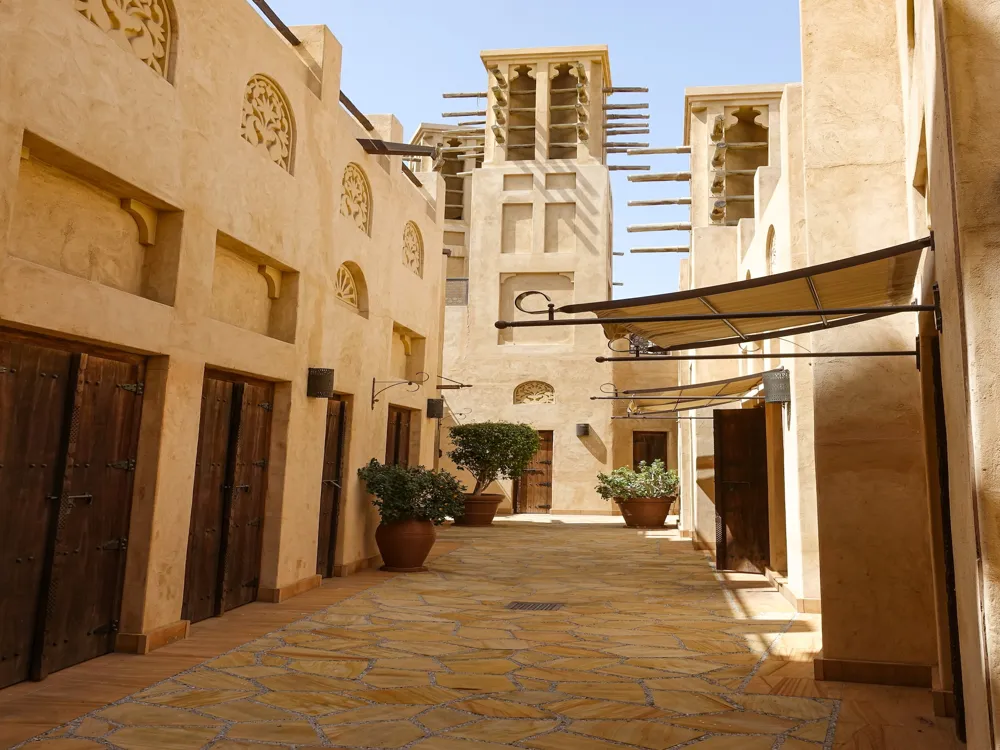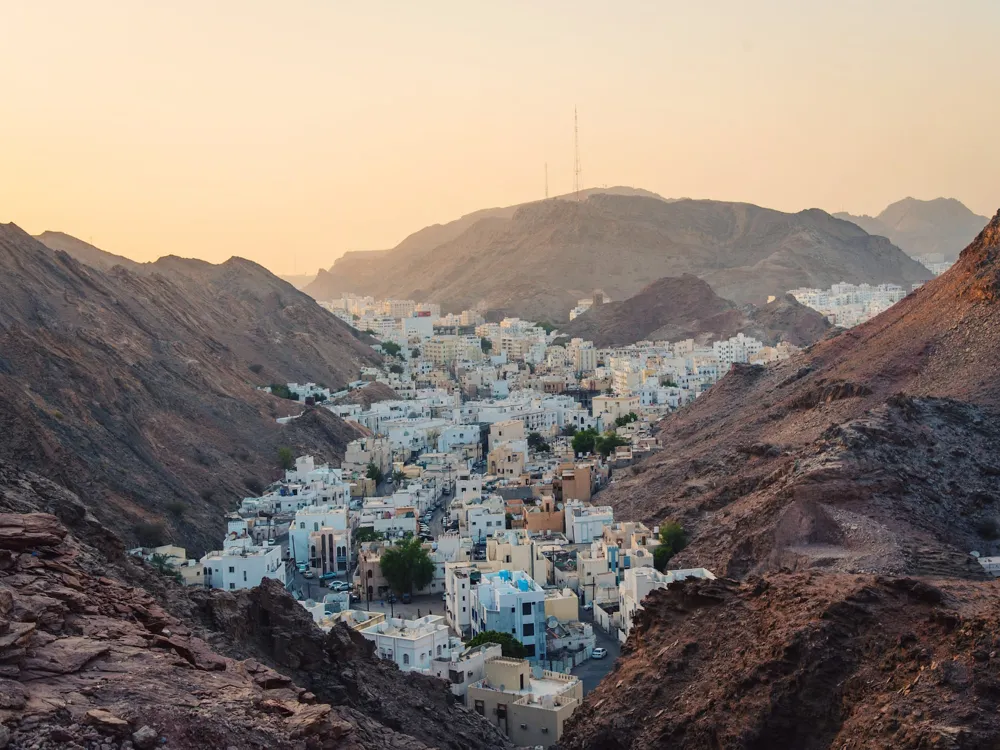Alserkal Avenue, nestled in the heart of Jumeirah, Dubai, stands as a beacon of contemporary culture and artistic expression. This vibrant area, originally an industrial compound, has been transformed into a dynamic space where art, creativity, and community converge. With its eclectic mix of galleries, creative spaces, and artisanal cafes, Alserkal Avenue offers a unique glimpse into the burgeoning art scene of Dubai. The inception of Alserkal Avenue dates back to 2007 when the Alserkal family envisioned a hub for artistic minds. Since then, it has evolved into a cultural landmark, housing numerous contemporary art galleries and non-profit organizations. This transformation reflects Dubai's growing emphasis on diversification and cultural investment, positioning the city as a global art destination. Alserkal Avenue is not just about art exhibitions; it's a place that fosters dialogue, ideas, and connections. The area buzzes with interactive workshops, cultural events, and discussions, making it a vibrant hub for artists, creatives, and visitors alike. Whether you're an art aficionado or simply seeking a unique experience, Alserkal Avenue promises an intriguing exploration of contemporary culture in Dubai. The architecture of Alserkal Avenue is a testament to Dubai's innovative spirit and its commitment to contemporary design. Each structure within the avenue reflects a blend of minimalism and industrial aesthetics, creating a canvas that complements the artistic works housed within. The transformation from an industrial site to a cultural hub is evident in the architectural choices. The warehouses, originally utilitarian in design, have been reimagined into sleek, modern spaces that retain their industrial heritage. The use of raw materials like concrete and steel pays homage to the area's origins while fostering a distinctly contemporary feel. One of the most striking features of Alserkal Avenue's architecture is its adaptability and dynamic nature. The spaces are designed to be versatile, accommodating a wide range of artistic expressions and events. From large-scale installations to intimate galleries, the architecture of Alserkal Avenue provides a backdrop that enhances and elevates the art it surrounds. In summary, the architecture of Alserkal Avenue is a critical element of its identity, reflecting a commitment to both its industrial past and its artistic present. It's a space where history and modernity coalesce, creating an environment that's both inspiring and functional. Alserkal Avenue covers a significant area with numerous galleries and spaces. It's advisable to check the event calendar in advance and plan your visit to make the most of your time. With much to explore, comfortable attire is recommended. Opt for casual, breathable clothing suitable for Dubai's climate, and comfortable walking shoes. Take time to visit the diverse range of galleries. Each offers a unique perspective, showcasing both local and international artists. Located in the Al Quoz industrial area of Jumeirah, Alserkal Avenue is easily accessible by various means of transportation. If you're driving, ample parking is available. For those preferring public transport, the nearest metro station is Al Safa, from which you can take a short taxi ride to the avenue. Additionally, buses and taxis frequently service the area, making it convenient for visitors to reach this cultural hotspot. Read More:Overview of Alserkal Avenue in Jumeirah, Dubai
Architecture of Alserkal Avenue
Key Architectural Highlights
Tips When Visiting Alserkal Avenue
Plan Your Visit
Dress Comfortably
Explore the Galleries
How To Reach Alserkal Avenue
Alserkal Avenue
Jumeirah
Dubai
₹ 17,999 onwards
View dubai Packages
Weather :
Tags : Commercial Street
Timings : 10:00 AM - 7:00 PM, Closed on Fridays
Time Required : 3-4 hours
Entry Fee : No Entry Fee
Planning a Trip? Ask Your Question
Dubai Travel Packages
View All Packages For Dubai
Top Hotel Collections for Dubai

Private Pool

Luxury Hotels

5-Star Hotels

Pet Friendly
Top Hotels Near Dubai
Other Top Ranking Places In Dubai
View All Places To Visit In dubai
View dubai Packages
Weather :
Tags : Commercial Street
Timings : 10:00 AM - 7:00 PM, Closed on Fridays
Time Required : 3-4 hours
Entry Fee : No Entry Fee
Planning a Trip? Ask Your Question
Dubai Travel Packages
View All Packages For Dubai
Top Hotel Collections for Dubai

Private Pool

Luxury Hotels

5-Star Hotels

Pet Friendly







